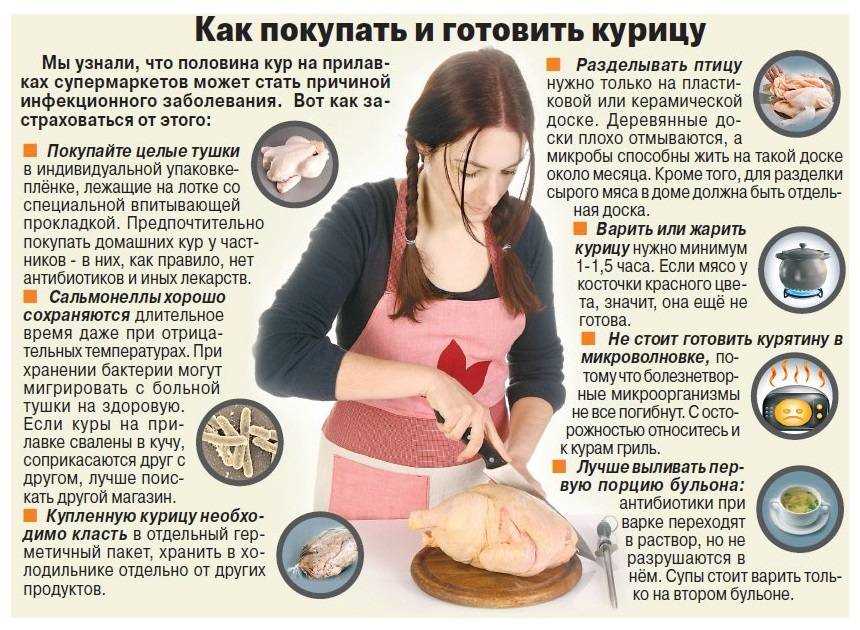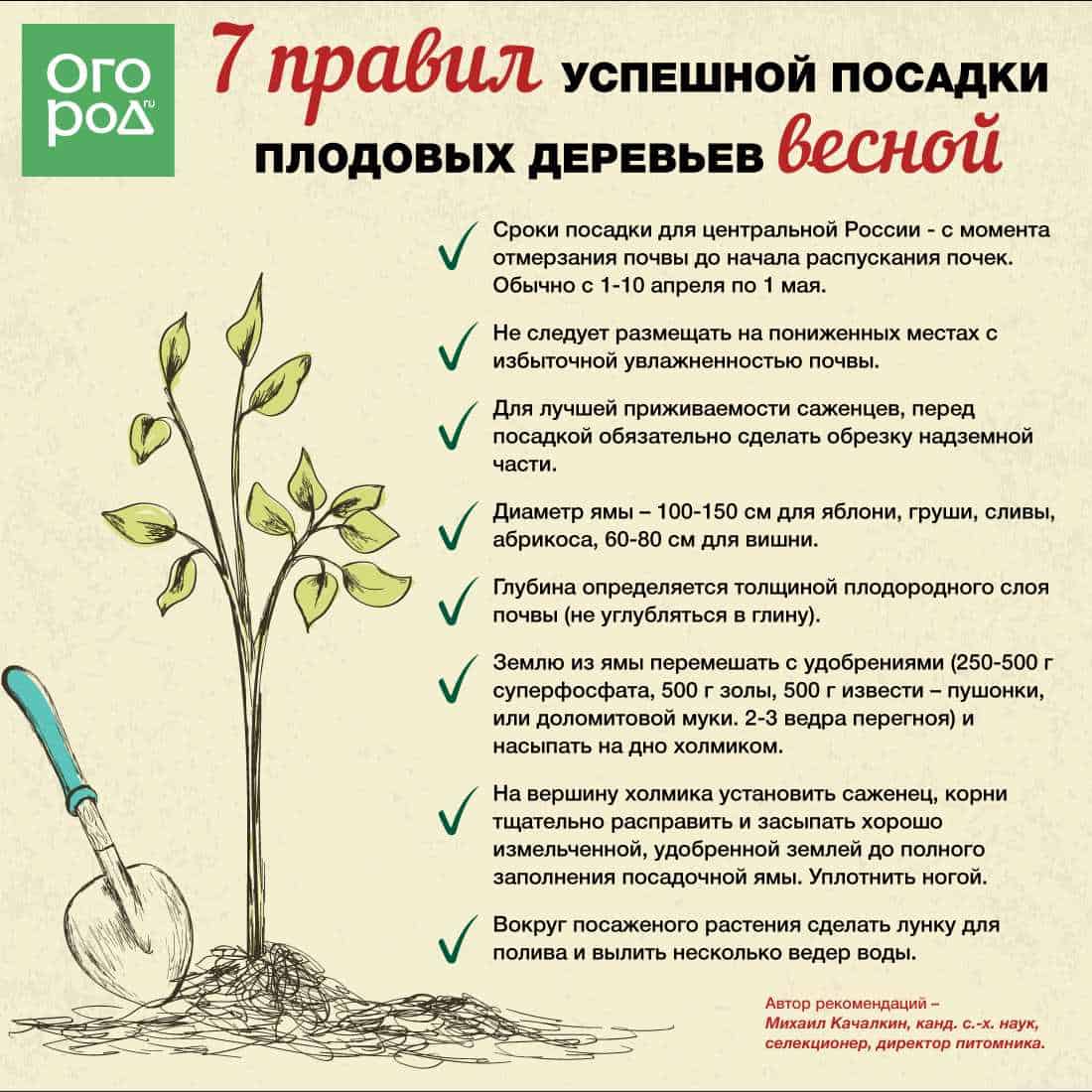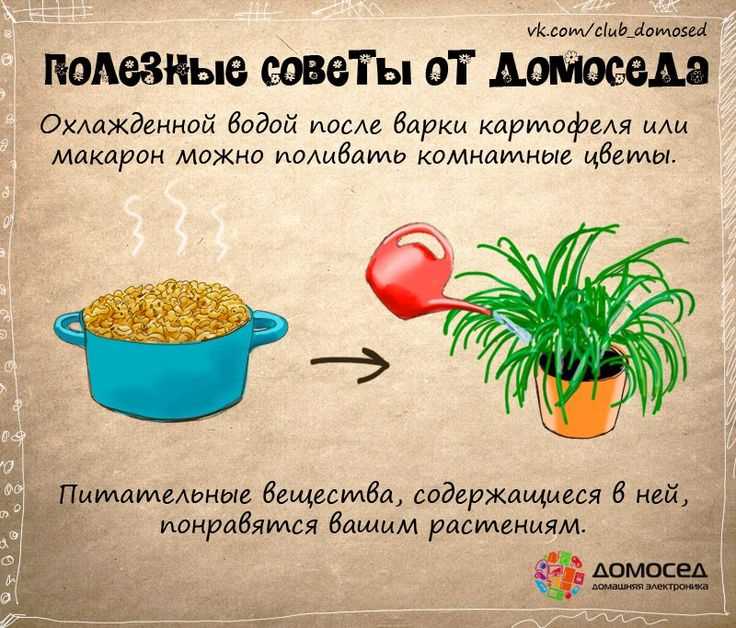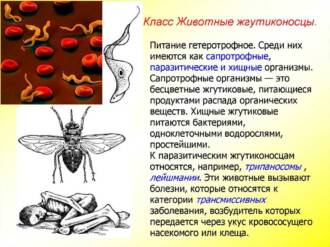
Breeding butterflies at home can be a fun and visual process that allows you to observe the life cycle of these beautiful insects. However, in order to successfully breed butterflies, it is necessary to take into account some features and follow certain rules.
An important aspect of butterfly breeding is choosing the right species to breed. There are many types of butterflies, each of which has its own characteristics and requirements for keeping conditions. Therefore, before breeding, it is necessary to carefully study the information about the selected species of butterflies in order to provide them with optimal conditions and maximize the chances of successful breeding.
One of the key points in breeding butterflies is the right choice of food plants. Most species of butterflies are specialized in relation to host plants on which their larval stages pass. Therefore, it is necessary to find out which plants are fodder for the selected species of butterflies, and ensure their availability at home.
Another important aspect of butterfly breeding is the creation of optimal conditions for keeping adults and their offspring. To do this, it is necessary to ensure the correct temperature, humidity and lighting. It is also important to provide enough space for the butterflies to fly and lay their eggs. All these conditions should be as close as possible to the natural conditions of the habitat of the selected species of butterflies.
Secrets of successful breeding of butterflies at home
Breeding butterflies at home can be a fun and visual process. However, to be successful, there are several important factors to consider.
Selection of butterfly species
The first secret to successful butterfly breeding is choosing the right species. Some species are easier to breed at home because they are better adapted to life in captivity. Some species, for example, require specific conditions of maintenance or nutrition, so before you start breeding, you need to do some research and choose the right species of butterflies.
Creating the Ideal Breeding Environment
To successfully breed butterflies, you need to create ideal conditions. One of the main factors is temperature. Most species of butterflies require a certain temperature for the development of larvae and pupae. It is also necessary to provide enough light and humidity. It is important to keep the internal environment clean to avoid diseases and infections in butterflies.
Proper nutrition
One of the key points in breeding butterflies is proper nutrition. Each species of butterfly has its own food preferences, so it is necessary to research their diet and provide them with suitable plants or artificial foods. It is also important to monitor the quality of the food and renew it regularly to ensure that the butterflies have all the nutrients they need.
Following these secrets, you can achieve success in breeding butterflies at home. However, keep in mind that butterfly breeding requires patience and attention to detail, so be prepared for the process to be time consuming and labor intensive.
Beginner's Guide
If you are just starting to breed butterflies at home, you need to carefully study all the stages of this process. It is important to remember that butterflies are very sensitive creatures, and mistakes in caring for them can lead to unpredictable consequences. So follow our tips and tricks to successfully breed butterflies at home.
Selection of butterfly species
The first step in breeding butterflies is choosing the species you want to breed. Remember that each species has its own characteristics and requirements for the conditions of detention. Therefore, it is important to study the information about each species and choose the ones that are most suitable for your conditions.
Habitat preparation
Proper habitat preparation is one of the keys to successful butterfly breeding. Make sure you create the right conditions for each type of butterfly. This may include choosing the right food plants, providing the right temperature and humidity, and providing enough space for the butterflies to thrive.
Feed preparation
Most butterfly species require a certain kind of food during their development. Feed preparation is an important step in butterfly breeding. Learn the nutritional preferences of each species and provide them with the plants or food mix they need. Pay attention to the quality of the feed and check its freshness regularly.
Care and supervision

Care and observation of butterflies is an ongoing process. Regularly check their condition, it is especially important to monitor the hygiene and health of butterflies. Pay attention to any changes in their behavior or appearance. Give them extra care or medical attention as needed.
By following these guidelines, you will be able to successfully breed butterflies at home and enjoy watching their wonderful development.
Useful tips and tricks
1. Study the butterflies you plan to breed. Each type of butterfly has its own characteristics and requirements. Learn their preferences regarding food, living conditions and reproduction. This will help you create optimal conditions for breeding and increase your chances of success.
2. Prepare a suitable place for butterflies. Choose a spacious and well-lit room where you can create optimal conditions for butterflies. Install special containers or cages that provide enough space for the butterflies to move around and provide them with all the conditions they need to reproduce.
3. Provide proper nutrition for butterflies. Find out what kind of food your butterflies prefer and provide them with enough of it. It can be nectar, pollen or other plant products. Also provide access to clean drinking water.
4. Monitor environmental conditions. Regularly check the temperature and humidity in the room where the butterflies are. They can be sensitive to changes in environmental conditions, so it is important to maintain stable parameters.
5. Get regular checkups and maintenance. Track the condition of butterflies, monitor their development and health. Remove dead individuals and keep the area clean. If you notice signs of illness or stress, take appropriate measures to treat them and improve conditions.
6. Protect butterflies from pests. Avoid contact with chemicals that can harm butterflies and provide protection from insects and rodents that can harm butterflies or their larvae.
7. Keep notes and study the results. Keep a journal where you will record all observations and breeding results of butterflies. This will help you learn what conditions and approaches work best for your butterflies and improve your breeding skills.
8. Chat with other butterfly scouts. Join a community of people who are passionate about butterfly breeding. Share experience, ask questions and get useful advice from experienced scouts. It will help you expand your knowledge and improve your butterfly breeding skills.
Selection of species of butterflies for breeding

Choosing which species of butterflies to breed is key when setting up a home farm. Not only the pleasure you get from the process, but also the success of your breeding depends on the right choice. Each type of butterfly has its own characteristics and requirements for keeping conditions, so it is important to make an informed choice.
The first step in selecting butterfly species for breeding is to study their biology. It is necessary to understand what plants they usually live on, what conditions they need for reproduction and how long their life cycle is. Such information will help you to create optimal conditions for breeding the selected species.
The second step is to choose the views that suit your interests and availability. Many people choose to breed butterflies that are native to their region or on plants they already grow. This allows them to dive deeper into the study of the selected species and create optimal conditions for their breeding.
The third step is to assess the availability of breeding material for the selected species. For successful breeding, you will need eggs or caterpillars of the selected species, as well as appropriate plants to feed them. Before selecting butterfly species, make sure you can find the right breeding material.
It is important to remember that the choice of butterfly species for breeding should be based on your interest and capabilities. Use this information as a starting point, but don't be afraid to experiment and choose styles that you like and that suit you personally.
Preparing the Butterfly Habitat

For successful breeding of butterflies at home, it is necessary to create a suitable habitat. This will provide comfortable conditions for the development of larvae and their transformation into pupae and butterflies.
Container selection and preparation
The first step is to select and prepare a butterfly breeding container. It is best to use transparent plastic containers, as they provide good visibility and protection from external influences. Containers must be clean and dry before use. They should also be spacious enough to provide enough space for the butterflies and their larvae.
Culture medium preparation
An important aspect of habitat preparation for butterflies is the preparation of a breeding ground for larvae. Most species of butterflies feed on certain plants, so you need to know which plants are needed for a particular species. The nutrient medium can be provided in the form of fresh leaves or special mixtures, which can be purchased at pet stores or specialized stores for breeding insects.
Installing additional items

To create a more comfortable environment for butterflies, you can install additional elements such as twigs for resting or feeding, stones for heating, and artificial plants for decoration. These elements will help create a natural environment that will promote successful breeding and development of butterflies.
It is important to remember that preparing the habitat for butterflies is key to successful breeding. Choosing the right container, preparing the culture medium and installing additional elements will help create optimal conditions for the development of butterflies and achieve the desired results.
Nutrition and care of butterflies
Nutrition
Proper nutrition is one of the most important aspects of caring for butterflies at home. Butterflies feed on nectar and plant juices, so it is important to provide them with access to fresh flowers and fruits.
To provide a variety of food, you can use different types of plants that attract butterflies. Some of these include young nettles, asters, goldenrod, and other nectar-rich flowers and plants. You can also offer butterflies fruits such as bananas, apples and oranges.
Care
Butterfly care includes regular renewal of food and water, as well as maintaining optimal conditions for their life. It is important to remember that butterflies need warmth and light for normal development.
Heating lamps or heating panels can be used to provide heat. It is also necessary to maintain optimal humidity in the room where the butterflies are kept. To do this, you can use special sprayers or install containers of water near their accommodation.
It is also important to pay attention to the cleanliness around the butterflies. Remove dead leaves and flowers regularly, and keep dishes and planting boxes clean.
The process of reproduction and development of butterflies
The reproduction and development of butterflies is a complex and amazing process that occurs in several stages.
1. The life cycle of butterflies
The life cycle of butterflies consists of four main stages: egg, caterpillar, chrysalis and adult butterfly. Each stage has its own characteristics and requires certain conditions for development.
2. Reproduction
The process of reproduction of butterflies begins with soaring. Males usually attract females in a variety of ways, such as color signals and pheromones. After successful mating, the female lays her eggs on suitable food for future caterpillars.
Butterfly eggs come in many shapes and sizes, depending on the species. They are usually tied to plants or other surfaces to provide security and access to food.
3. Development
A caterpillar hatches from the egg, which begins an active process of searching for food. Caterpillars have a large appetite and can eat a significant amount of vegetation during their development. Gradually, the caterpillar grows and goes through several molts until it reaches its final size.
When the caterpillar reaches a certain stage of its development, it turns into a chrysalis. The pupa usually has a protective shell that helps protect the future butterfly from external influences. Inside the pupa, complex transformation processes take place, as a result of which the organs and wings of the future butterfly are formed.
After the completion of the metamorphosis process, the adult butterfly flies out of the chrysalis. She usually spends some time feeding and building up before starting the breeding process and continuing her life cycle.
Thus, the process of reproduction and development of butterflies is an amazing and fragile chain of events that requires certain conditions and care for successful completion.






